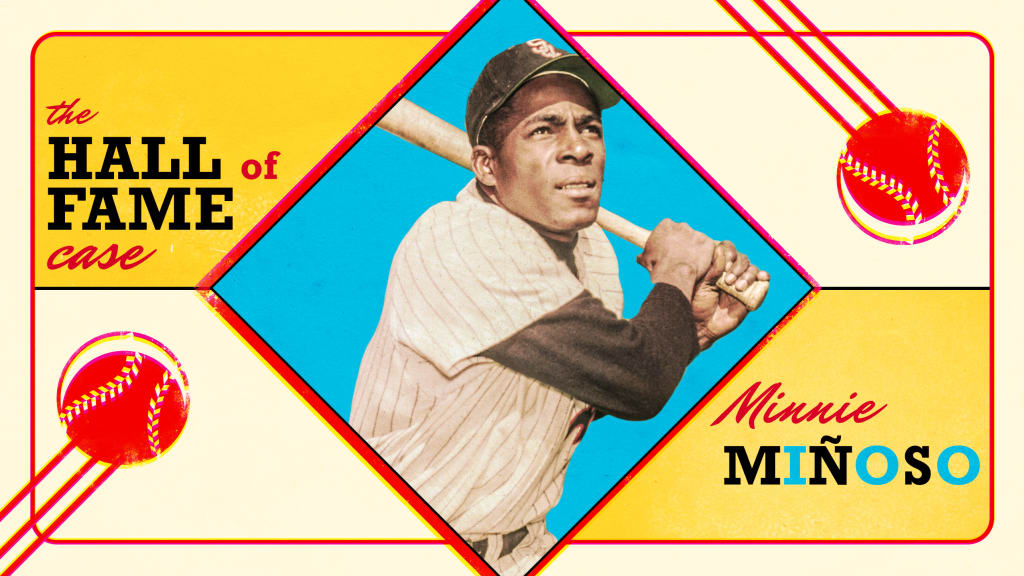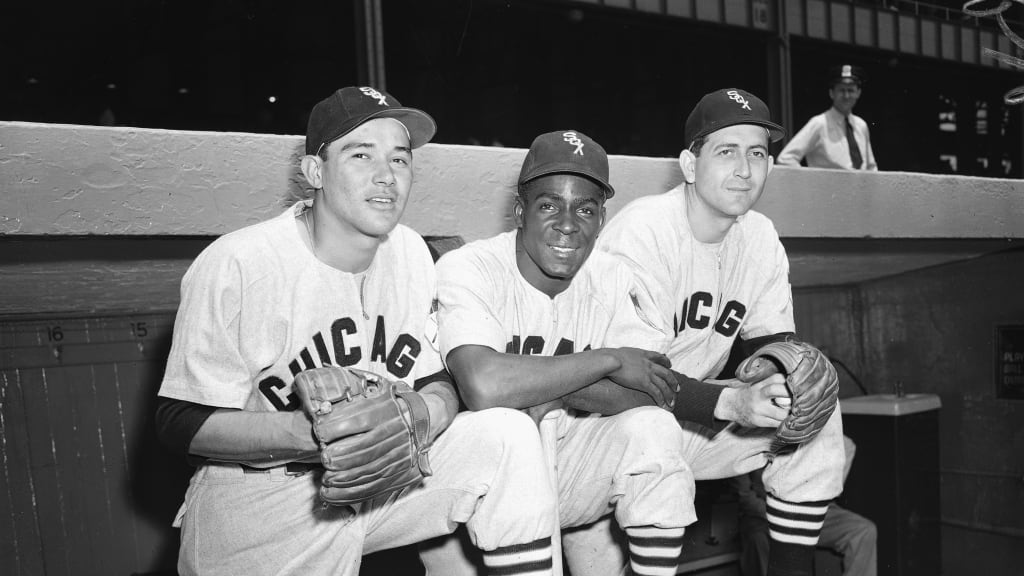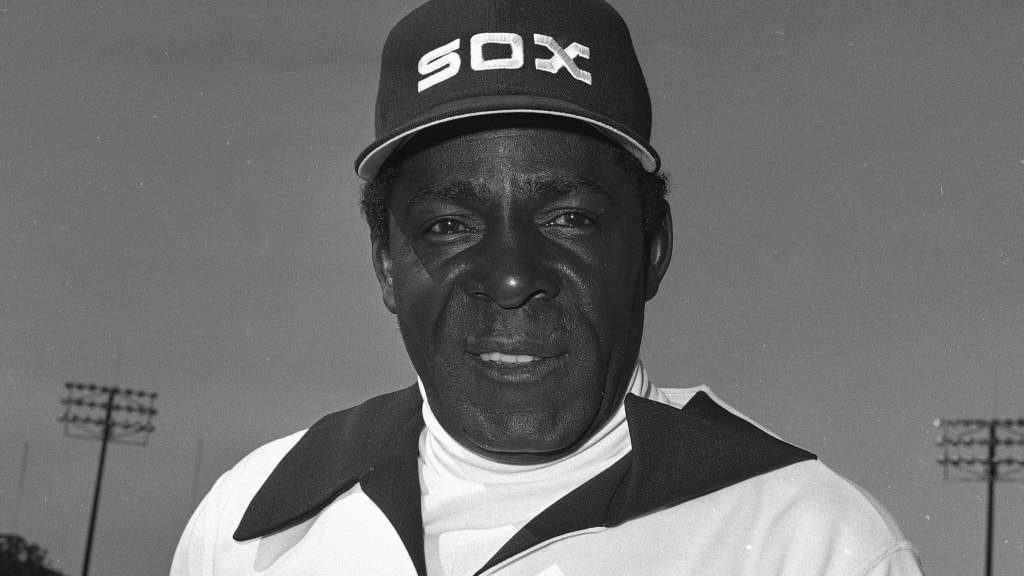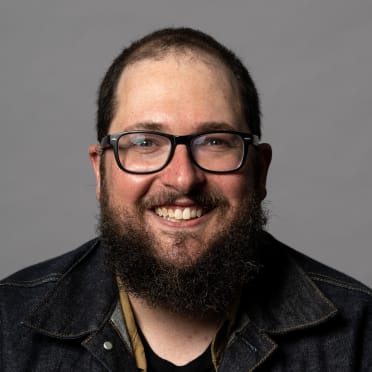
On Dec. 5, the Hall of Fame’s Early Baseball Era Committee (pre-1950) and Golden Days Era Committee (1950-69) will meet to vote on 10-player ballots, with the results announced live on MLB Network that night at 6 p.m. ET. We're here to offer a primer on the 20 players who are up for consideration. Click here to view the other posts.
Player: Minnie Miñoso
Years: 1946-48 (Negro Leagues), 1949-64, '76, '80 (MLB)
Career stats
Negro Leagues: .313/.366/.484, 147 H, 9 HR, 70 RBI, 11 SB
MLB: .298/.389/.459, 1,963 H, 186 HR, 1,023 RBI, 205 SB
Major League totals: .299/.387/.461, 2,110 H, 195 HR, 1,093 RBI, 216 SB
BIO: You can't tell the story about modern baseball without Saturnino Orestes Armas "Minnie" Miñoso. Orlando Cepeda called him the "Latino Jackie Robinson" and Tony Perez considered him his childhood hero. He played across seven separate decades. He played in three separate countries and for four different leagues. He had to battle the scourge of racism -- both for the color of his skin and the language that he spoke. And through it all, he remained known for his passion for the game and as an ambassador for all who were charmed by his warmth and enthusiasm. It's why he eventually became known as "Mr. White Sox," and has a statue at Guaranteed Rate Field.
Miñoso grew up on a small ranch in a small farming town in El Perico, Cuba. When he was 16 years old, he dreamed of playing baseball and so, with some clever subterfuge including a forged note from a Cuban league team, left for Havana to follow his dreams. After starring for the semi-pro Ambrosia Candy Factory team and then the Marianao team in the Cuban baseball league -- and turning down a $50,000 offer to join the Mexican League that would have barred him from playing in the Majors -- he soon signed with the New York Black Cubans in the Negro Leagues.
He played there from 1946-48, leading the team to the Negro Leagues World Series championship in 1947 and then leading the league in slugging the following season. This caught the eye of the Harlem Globetrotters' Abe Saperstein, who recommended him to the Indians front office. Cleveland then signed Miñoso and he made it to the Major Leagues in 1949. Unfortunately, Miñoso was likely blocked from playing on those Cleveland teams. With Larry Doby, Satchel Paige and Luke Easter already on the roster, it's rumored the team didn't want to add a fourth Black player to the team while other American League teams still had yet to integrate. So, instead, Miñoso destroyed Pacific Coast League pitching until the White Sox acquired him in 1951. When Miñoso debuted with Chicago on May 1, 1951, he not only homered but became the first Black player on the White Sox.
It was there that Miñoso made his mark and became the beloved Chicago icon he is today. Across two stints with the White Sox over the next decade, Miñoso went to nine All-Star games, won three Gold Gloves, led the Majors in triples and stolen bases three times and doubles once. Nearly every season he led in hit-by-pitches. He was the very epitome of the "Go-Go" White Sox, racing around the field and always looking for the extra base, a broad smile almost always found on his face.
Miñoso bounced around a little at the end of his career before winding back up with the White Sox in 1964 as a part-time player. Because of his close relationship with owner Bill Veeck -- and because of his role as eminent White Sox statesman -- the team brought him back for eight at-bats at the end of the 1976 season when he was 50-years-old. He managed to rap out a base hit.
Four years later, the team brought him back again for two plate appearances in 1980, making him the only five-decade Major Leaguer. The White Sox tried to do it one more time in 1993, before the Commissioner stepped in and blocked the move, saying it would "trivialize the game." Fortunately, Veeck's son, Mike, owned the independent St. Paul Saints and Miñoso joined with them that year and then a decade later to become the only seven-decade star in baseball history.
Unfortunately, not only did these appearances delay his original Hall of Fame election, allowing his on-field accomplishments to be forgotten by the writers who actually covered him, it may have cost him votes as he some began to think of him as a baseball sideshow rather than the groundbreaking superstar that he was.

BEST MOMENT: With a career that long, it's hard to pick just one: Was it winning the 1947 Negro Leagues World Series? Was it hitting a home run in his first plate appearance with the White Sox? Or could it be hitting back-to-back home runs with his son, Orestes Jr., while playing on the same Puerto Vallarta team together?
“As my son crossed the plate, I shook his hand,” Miñoso wrote in his autobiography, "Just Call Me Minnie." “Then I stepped up and hit the ball out of the park in exactly the same spot.”
Even Minnie couldn't pick a favorite moment, though.
“I remember my first home run at Comiskey Park; I hit it off Vic Raschi of the Yankees,” Miñoso once said. “But if you ask what was the best day I had in baseball, I would say it was every day I could suit up and play the game. Baseball is my life."

NOTABLE STATISTIC: Miñoso, known to crowd the plate so he could drive balls on the outside corner, was hit 195 times. He held the record for most HBP in the modern era until Ron Hunt passed him in 1973.
Unfortunately, not all of the HBP's were because of how close he stood to the plate. Often, it was because of the color of his skin. Miñoso shared this story with Christina Kahrl at ESPN when manager Paul Richards wanted to pull him from a game after he'd been hit:
“I said, ‘Paul, I'm not going to come out.’ He said, ‘But you're black and blue!’ I said, ‘Well, I'm Black. I don't know about blue, and I'm not going to come out. Because if I come out now, it's going to spread around the whole league, and every time, in every city, they're going to try to intimidate me.’"
BEYOND THE NUMBERS: To simply judge Miñoso by his performance on the field ignores the impact he made on the sport, and the sacrifices he made to reach the Major Leagues. There's a reason that players like Cepeda, Perez, Tony Oliva and even Roberto Clemente idolized Miñoso.
It's also an issue at the forefront of baseball historian and scholar Adrian Burgos Jr's mind.
"How do we have a pioneering perennial All-Star player like Minnie Miñoso not in the National Baseball Hall of Fame?" Burgos asked MLB.com. "Well, partly because we don't understand his journey, we don't understand how he's a man without a country after Cuba is cut off from the U.S. diplomatic relations, and he's still an All-Star. When Orlando Cepeda says he was our Jackie Robinson, this is not hyperbole. This is about how significant an accomplishment from a player who was pioneering and excellent."
His play in the Negro Leagues was not considered part of his Major League record until earlier this year. Too often voters have not considered the racism that he faced for being both the first Black player on the White Sox, but as a Latino ballplayer, too. Miñoso had slurs hurled at him and had to sleep at different hotels from his teammates. He was the first Black player to take the field in Memphis when the White Sox played an exhibition game against the Cardinals,
There's a reason that former President Barack Obama said this after Miñoso's passing in 2015:
''Minnie may have been passed over by the Baseball Hall of Fame during his lifetime, but for me and for generations of black and Latino young people, Minnie's quintessentially American story embodies far more than a plaque ever could."
